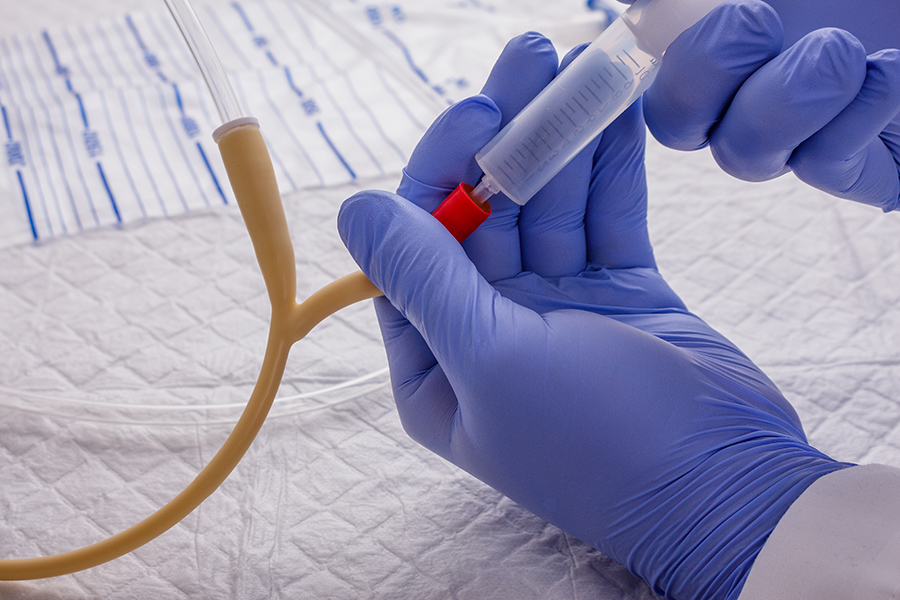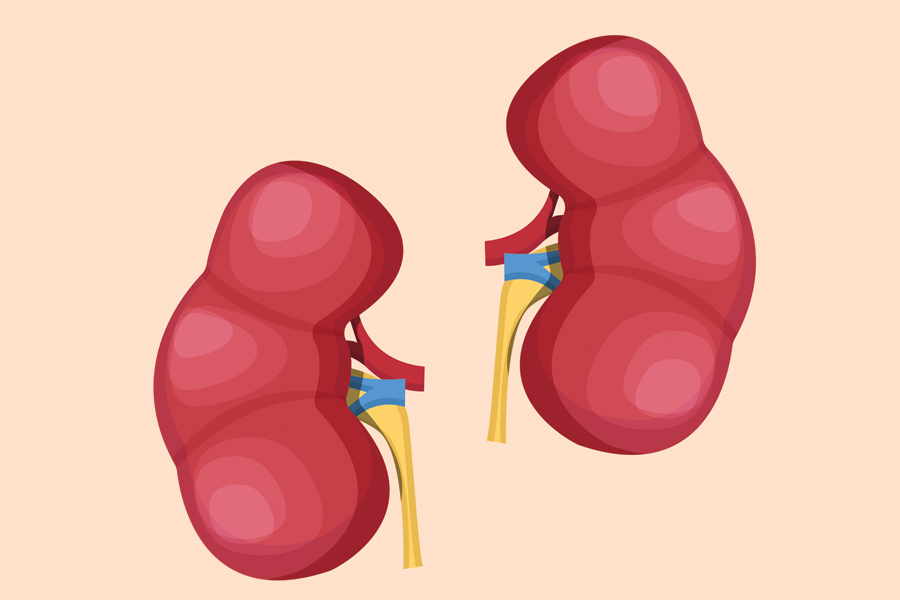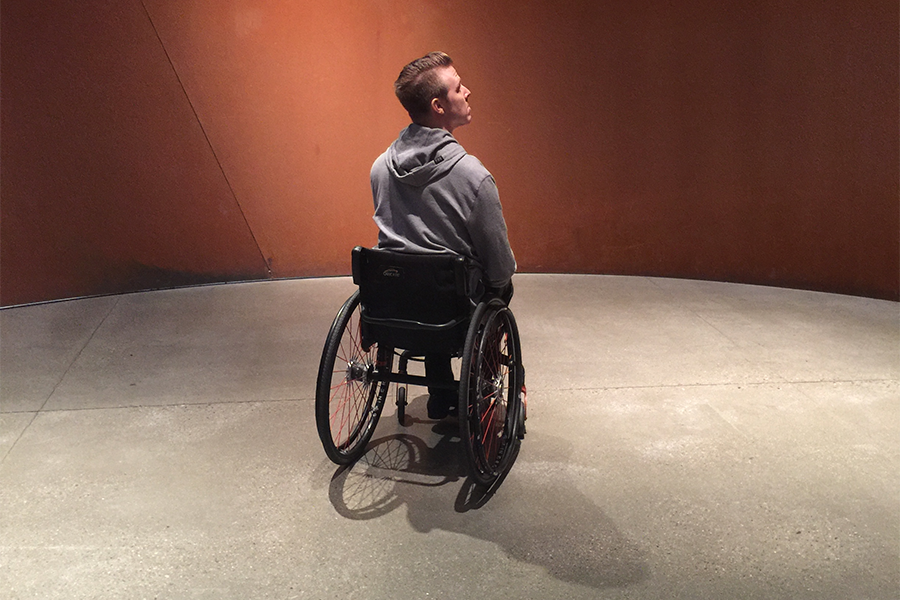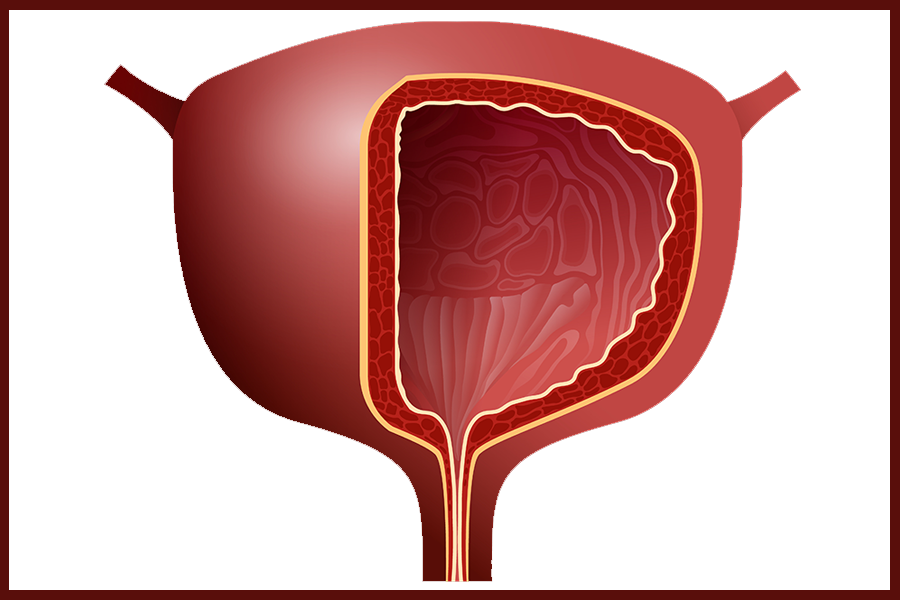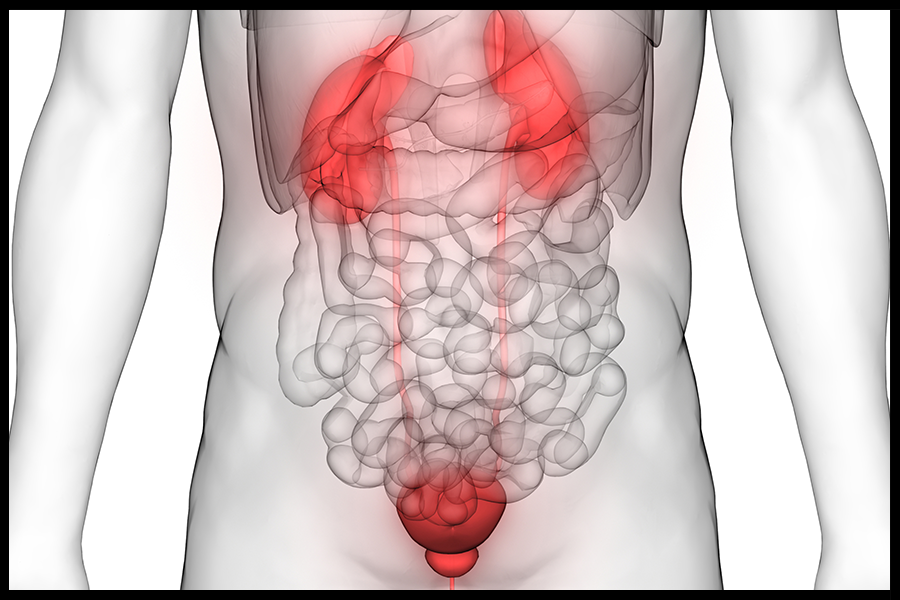Nobody Wants to Talk About Catheters. Our Silence Could Prove Fatal – By Jane Feinmann for Mosiac Science
The ward nurse wanted to be reassuring. “Your mother’s got a bit of an infection and we’ve popped her into intensive care,” she told Sarah Wilkins*.
The update on Judy Jones*, 68, was unexpected. She was recovering from surgery, having fractured her hip when she tripped on uneven pavement in the summer of 2015. “Mum was recovering slowly but steadily. Then out of the blue I got this phone call from the ward. It frightened the daylights out of me.”
Sarah’s fears were justified. Her mum, a retired teacher from Greater Manchester, UK, had sepsis, a life-threatening response to an infection that was spreading through her body, despite being given intravenous antibiotics.
Judy is one of hundreds of millions of people worldwide who develop a hospital-acquired infection every year. In her case, the cause, says Sarah, was a urinary catheter, also known as a Foley catheter. This is a hollow flexible tube inserted into the bladder via the urethra and held in place over time by a small balloon.
Worldwide every year millions of these devices are used to empty the bladder when patients aren’t able to do so themselves. One in five hospital patients in the UK and the USA has a catheter in place at any given time (the proportion is much higher in intensive care units). And despite their routine use, they come with risks.
As detailed in NHS guidelines, the most common healthcare-acquired infections are urinary tract infections (UTIs), half of which are associated with catheters. The risk of infection is linked to a number of things, including how a patient is catheterised and for how long.
Around a third of people catheterised will develop bacteria in their urine after two to ten days, and a quarter will develop symptoms of a catheter-associated UTI (CAUTI). A small percentage of these patients will go on to develop life-threatening secondary infections, such as sepsis.
*Some names have been changed.






